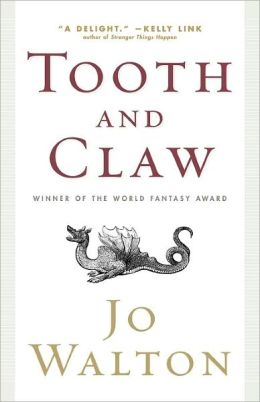I am in Florence. in my beautiful and carefully chosen apartment, where I will be until early July, sometimes on my own and more often with visiting friends. The plan is that I will immerse myself in Lent, which is going well, and do all the necessary physical research as well as getting on with writing it.
Naturally, this morning I received the PDF proofs of the one volume Thessaly trilogy which will be out in September, and which I therefore need to read and check for error. If anyone has noticed any typos, easily fixed errors, or anything similar, please let me know. Email me — bluejo@gmail.com — because I still don’t have comments working properly. My desire to re-upload these books into my head right now is zero. But oh well. There will doubtless be a Poor Relations copyedit at the worst possible moment too, because that’s how it works.
I’ve been so busy and also travelling that I haven’t really had time to miss LJ. But I do. I really missed it a few days ago when I wanted to ask people about arsenic poisoning. Pico and Poliziano were poisoned in 1494, Poliziano died a few days after, and Pico lived for six weeks. We know they were poisoned, and with arsenic, because their bodies were exhumed in 2006. We don’t actually know who did it or why, though suspicion mainly falls on Piero the Unfortunate. For the book, I have no problem with murderer or motivation, what I want is realistic symptoms of Poliziano dying fast and Pico dying more slowly.
The internet has clinical sites that are mostly about people being poisoned by small amounts in water over time, and Twitter has people telling me to read Sayers — honestly? I am kind of amazed how people would think I’d want information from something that’s not only a secondary source but so old. I’m positive Sayers did her research, but in 1930. We have learned some things since. And she went with what she wanted, which is a very different thing from what I need. But in any case, while there are lots of useful things to be learned from reading period fiction in terms of what people of the time read and said and how they behaved and what tech they had (who would have imagined Californians ever having hot water bottles if not for Kathleen Thompson Norris?) there are things which it’s a terrible idea to get from fiction. Sayers is a primary source for people saying “What we need is an ‘Itler” and for contemporary pro-Fascist attitudes. But taking plot details and technical details from fiction leads to the kind of sloppy unobserved warmed over “like that because that’s how people write it” third rate writing, where whatever was true is smudged like a multi generation photocopy. I don’t want the details of how people die from arsenic poisoning filtered through somebody else’s story-brain before they can get to mine.


